The Steering Committee of Livable Mountain View is pleased to announce our endorsed candidates in the 2022 Mountain View City Council Election.
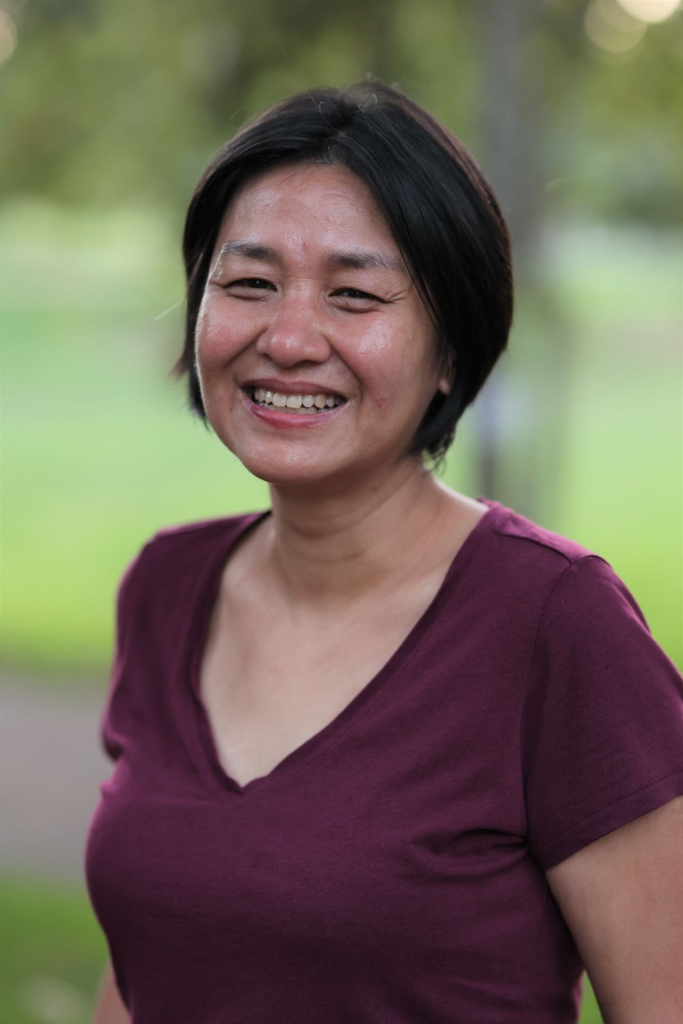
Our first choice is newcomer Li Zhang. Li Zhang stands out among the other candidates because she advocates for maintaining quality of life for Mountain View residents while our city grows. This means providing for the infrastructure our city needs including new parks. Beyond that , Li supports Livable Mountain View’s position that the retail in village centers must not simply be replaced with new housing, it must be retained so that as our city grows our residents have places where they can buy groceries, get local services, and socialize with one another without having to drive to other cities. By retaining local goods and services, we help support our ecology and combat climate change. Li’s website is https://www.liformountainview.org/.
Furthermore, Li has been clear in her opposition to the current proposal to rezone all R3 (multifamily residential) areas in our city in one single action next year. While Li supports fulfilling our obligation to zone for the 11,135 new units which Sacramento requires of Mountain View over the next eight years, she questions that we should go beyond this amount at this time. Li supports looking for new precise plan areas in our city if there is a need to rezone for more housing. Mountain View’s requirement from Sacramento is the highest in the Bay Area. Li understands that building housing for the Bay Area is a regional obligation. Read her long form answers here: PDF.
…

We have also chosen to endorse incumbents Alison Hicks and Ellen Kamei. Alison has been a consistent advocate for the preservation of our city’s historic core. As the city updates its Downtown Precise Plan, we will be looking for Alison’s continued support in making our downtown a vibrant and engaging place. Read her long form answers here: PDF.
Alison’s website is https://www.alisonhicks4mv.com/.

Ellen respects our city’s general and precise plans and takes them seriously when evaluating development decisions. The city faces some important development choices in the near future, and we will be looking for Ellen’s support in supporting project proposals that enhance our city and respectfully transition to the surrounding neighborhoods. Ellen’s website is https://www.ellenkamei.com/.
On the other hand, Alison and Ellen have been less forthcoming than Li on how they will vote on other key issues that will come up in the next council session, particularly the R3 upzoning proposal. We urge the voters to stay engaged with them on this and other issues. Read the long form answers here: PDF.
…

We have chosen not to endorse Lucas Ramirez, as he is the council’s leading advocate for R3 upzoning. Lucas has also stated that after a brief pilot program, the residents must bear the full cost of residential parking permits if and when they are needed. With the legislature passing Assembly Bill 2097, which ends Mountain View’s ability to require parking in new residential developments in our city, parking permits may be in higher demand. We at Livable Mountain do not believe that the residents should bear the full cost of parking permits which may be required due to policies imposed upon them. Having said this, we do look forward to working with Lucas on issues of common concern, including providing wider and more understandable outreach to the community when new developments are proposed. Lucas’s website is https://www.ramirezforcouncil.com/. Read his long form answers here: PDF.
We are also not endorsing Justin Cohen, who declined to participate in our endorsement process.
For those interested in more information on the candidate’s positions, we have included the candidates’ questionnaires. You may also refer to the diagram below where we have rated candidates’ responses on a scale from Least Livable (Red) to Most Livable (Dark Green).
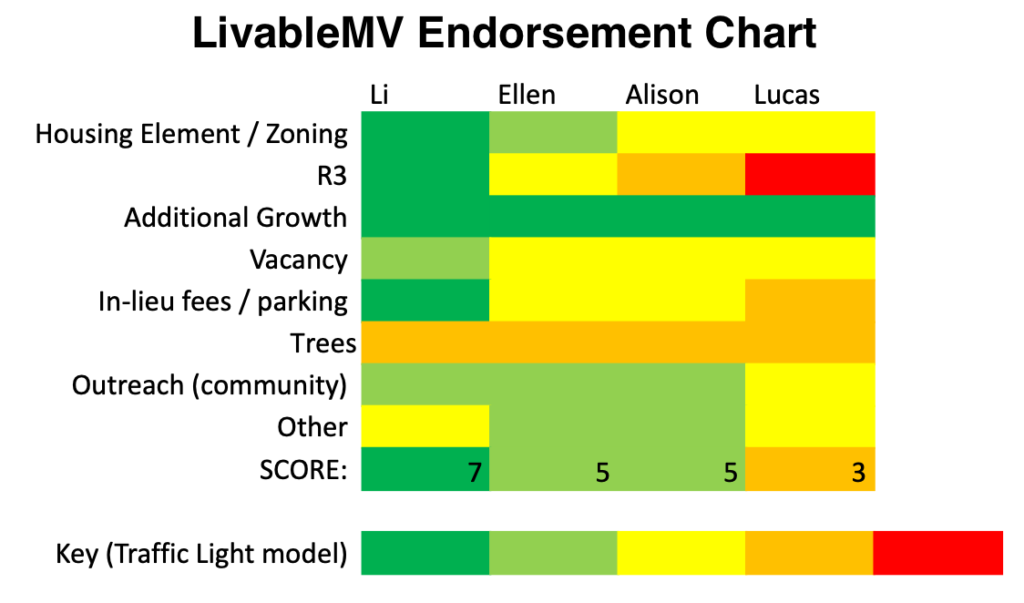
Above all make sure to cast your ballot and make your views known!
Robert Cox, Louise Katz, Mary Hodder, Hala Alshahwany, Lorraine Wormald, and Leslie Friedman
For the Steering Committee of Livable Mountain View

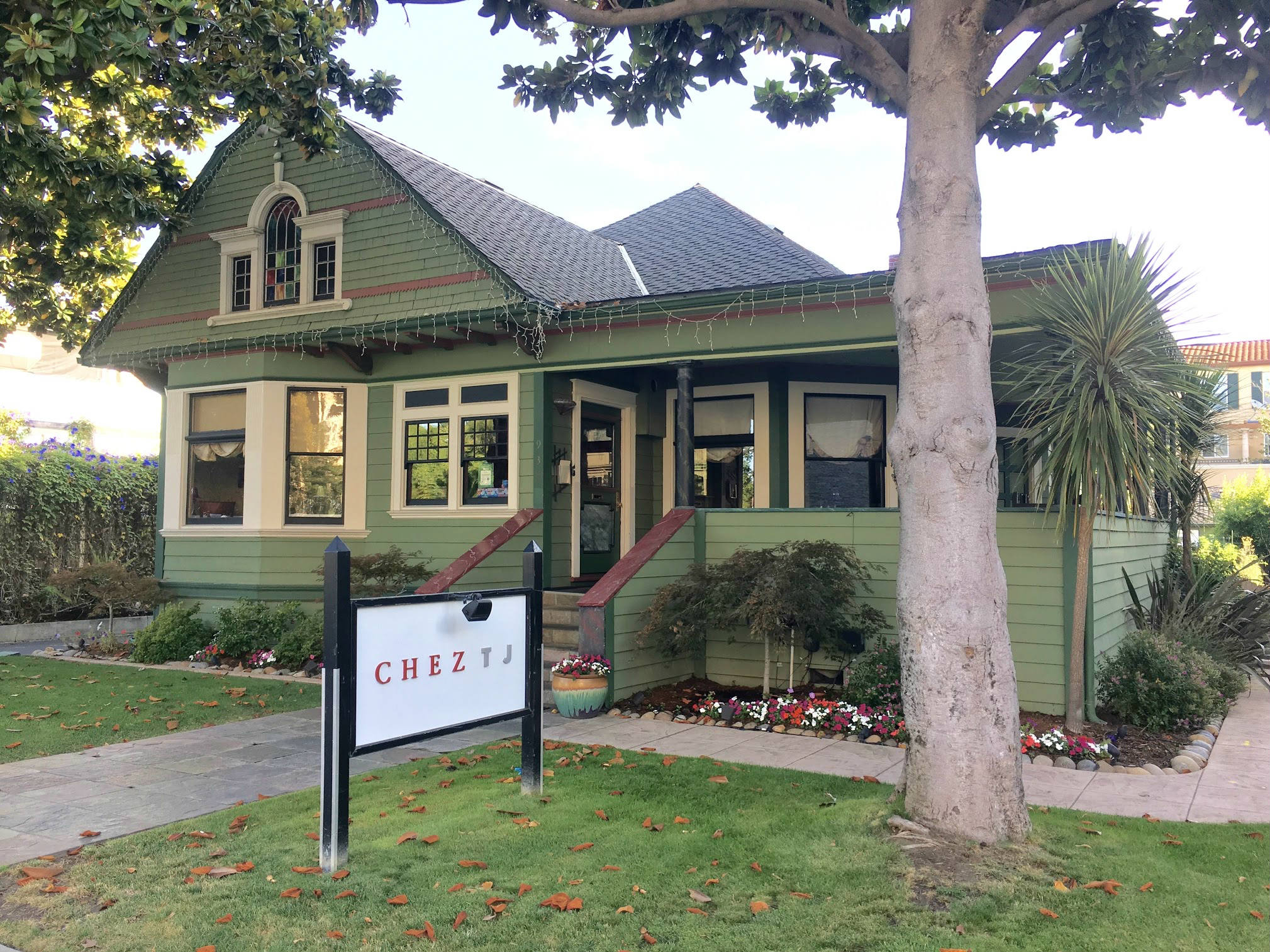
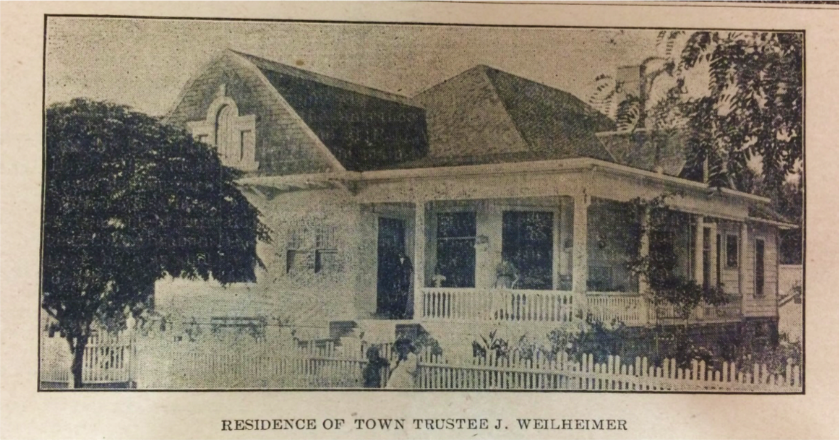
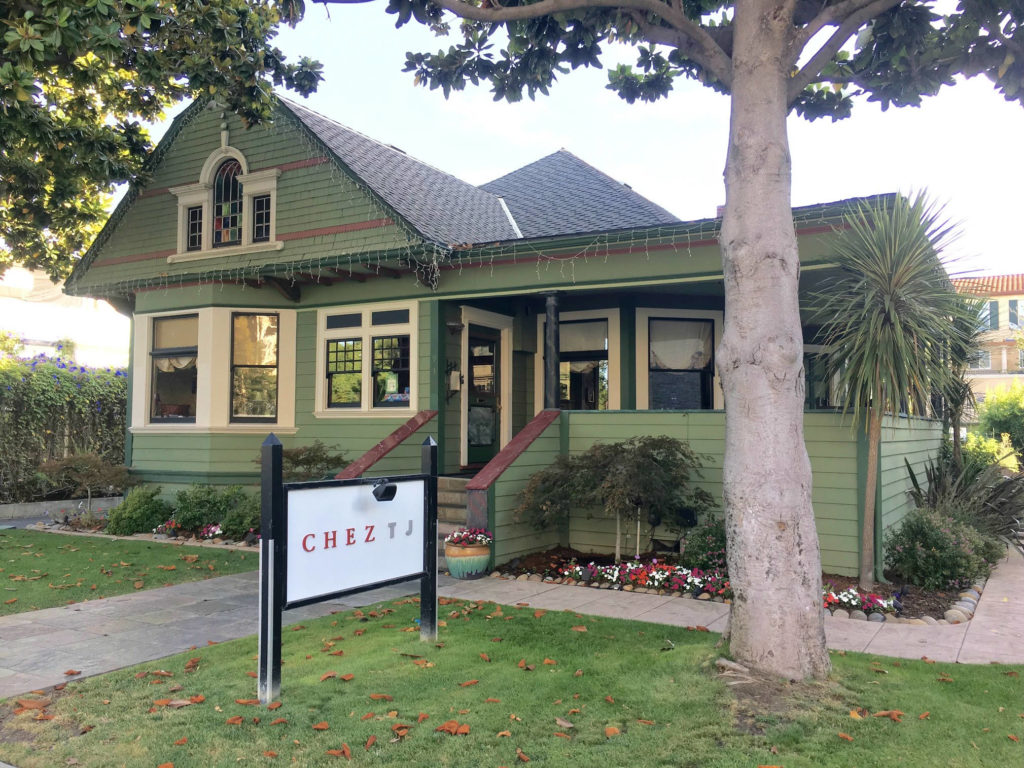
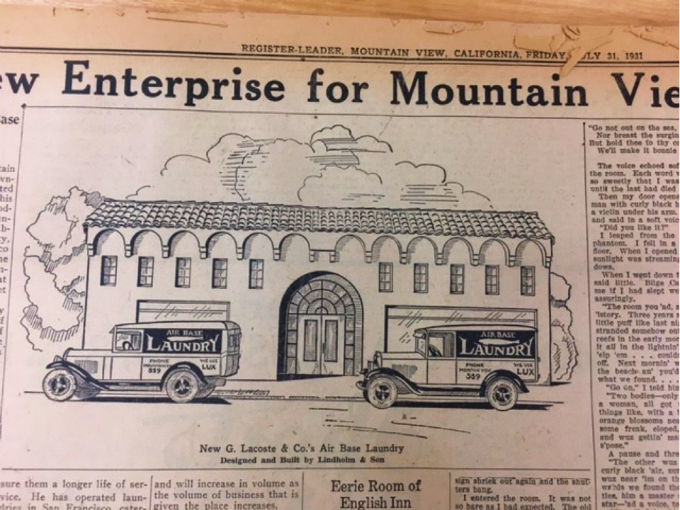
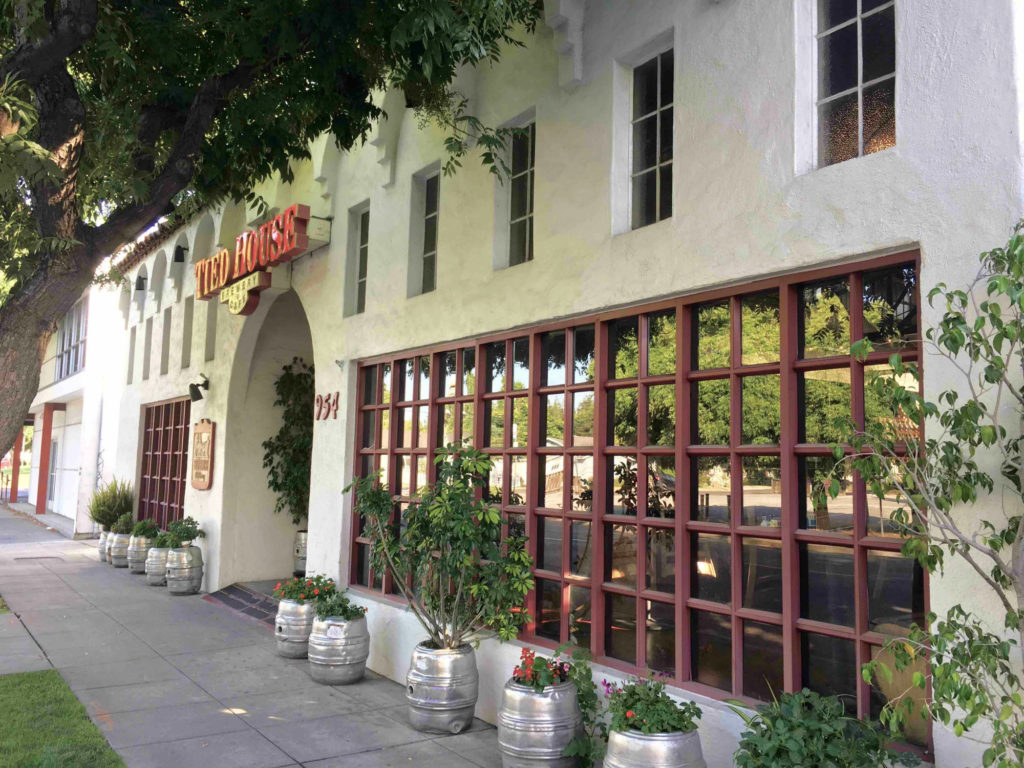
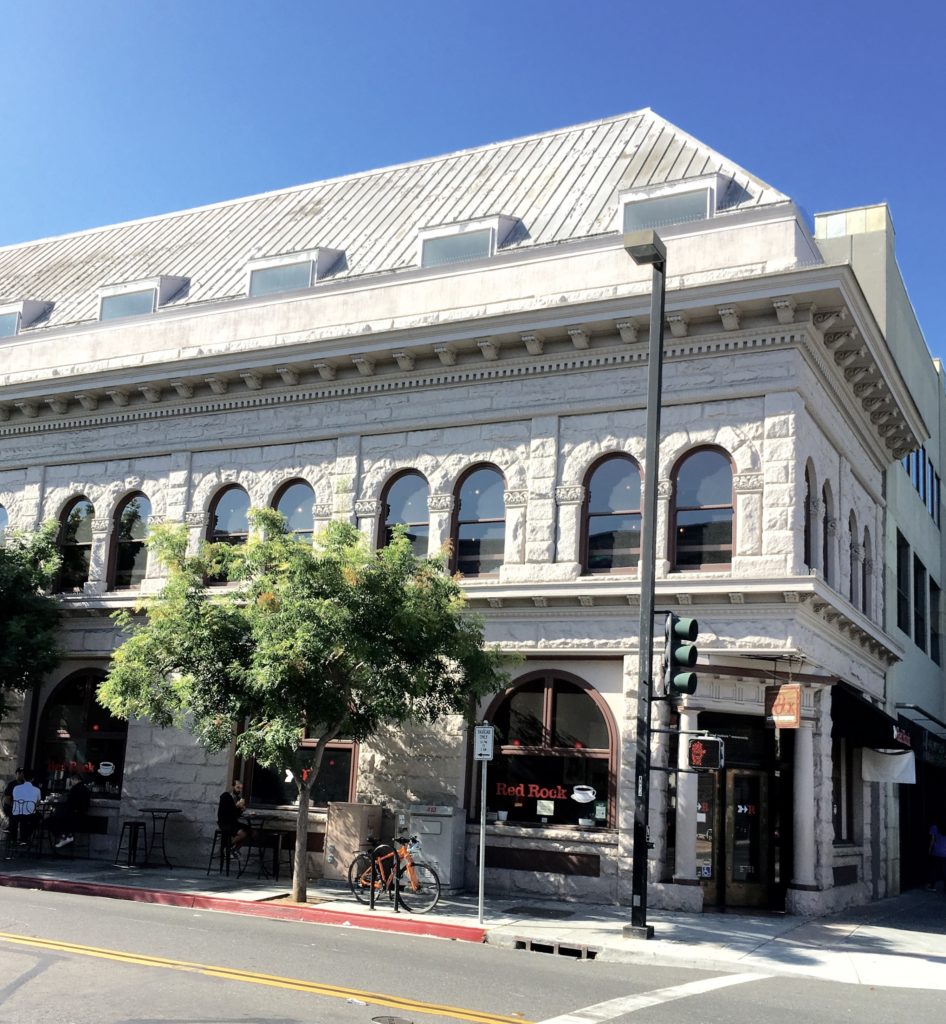
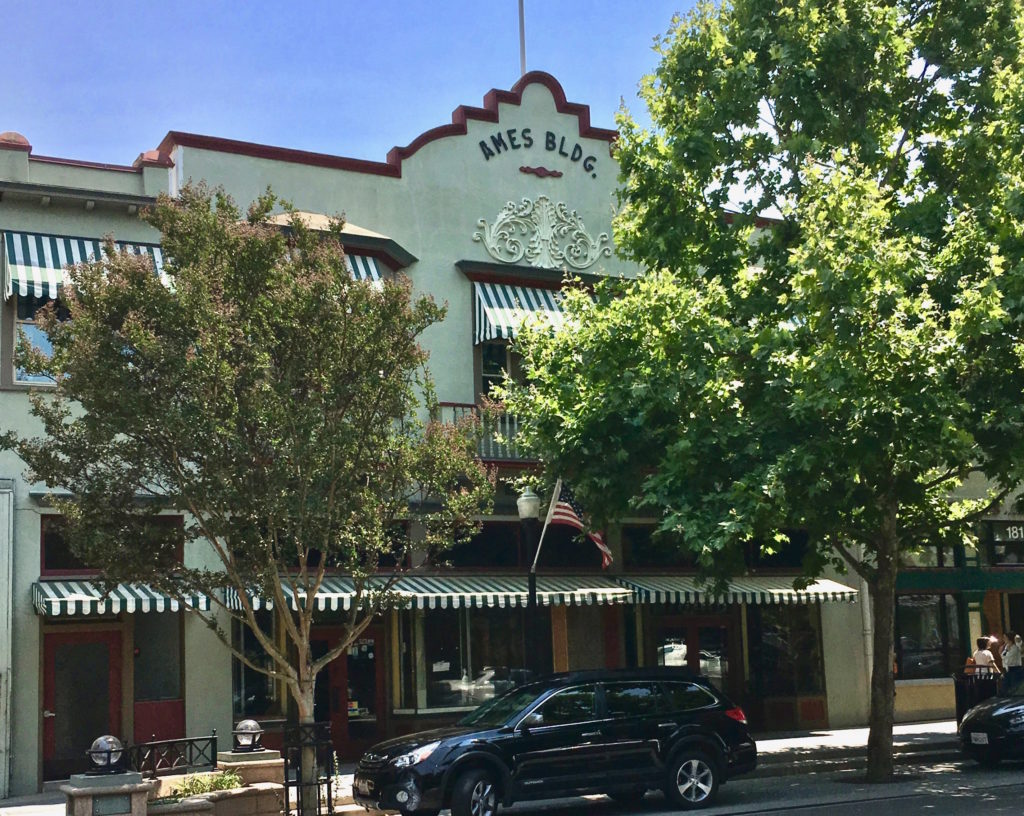
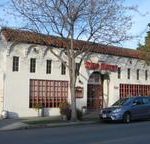
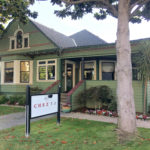

Recent Comments